
Front_Office_Operations
.pdf
Chapter 6– Yield management, statistics and reports
Guest history information
Guest history information is often compiled and kept by hotels which:
●Want to offer personalised service - by being able to 'recognise' guests as returning customers, offer them rooms and amenities according to their previous likes and dislikes, etc.
●Want to pursue relationship marketing to guests - by being able to maintain contact with them after their stay, and offer personalised offers and reminders, in order to create repeat business, a growing 'relationship' with the customer, and, ideally, customer loyalty.
●Want to streamline administration of reservation and check-in, by retaining previously obtained guest information - so that it doesn't have to be obtained and input again.
●Luxury hotels may compile guest history records as a matter of course, in the anticipation of guests returning, because personalised service is such an important part of their offering. For smaller hotels, and hotels with a high proportion of transient and non-repeat trade, it has traditionally not been worthwhile, other than for known repeat or regular visitors. However, in this - as in most things - computerised systems have put it within reach of the smallest hotel allowing guest information to be input, stored, updated and retrieved easily and cost-effective (and without filing space).
www.cthresources.com |
Page 371 |
|
www.cthawards.com |
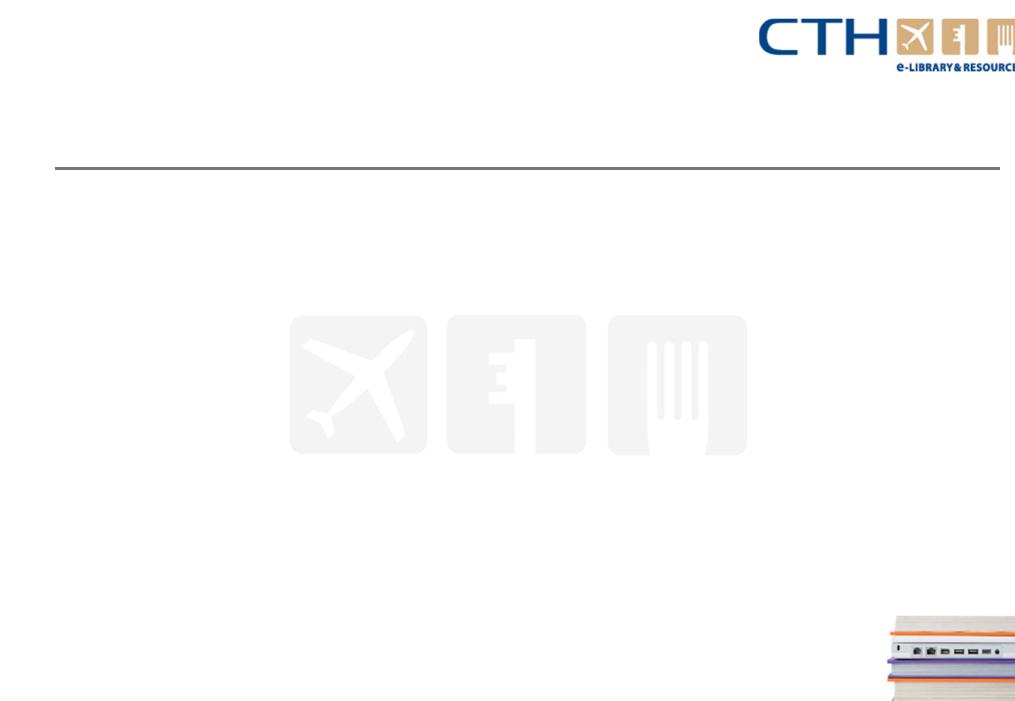
Chapter 6– Yield management, statistics and reports
Guest history information
6.1 What information should be kept in guest history records?
The first time a guest stays in a hotel, a guest history record will be opened, and it will be updated subsequent stays. A guest history card will usually contain basic information such as:
●Name, contact and registration details of the guest
●Date of arrival
●Room occupied
●Number of nights
●Room rate
●Amount spent in total during the stay
●Special requests/preferences noted (e.g.. newspaper taken, view requested)
www.cthresources.com |
Page 372 |
|
www.cthawards.com |

Chapter 6– Yield management, statistics and reports
Guest history information
The hotel may compile a range of other details picked up by the receptionist and other staff: the names of the guest's partner and/or children; the guest's birthday; their stated likes, dislikes and interests; their reason for staying in the area and so on. This enables the hotel to welcome guests by name; ask (without inappropriate familiarity) after the family; send a birthday card, personalised or targeted offers and invitations (e.g.. if there is a special event in the area, in which the guest might be interested); etc.
In a manual system, this information could be kept on a simple index card, with relevant headings (and space for notes). In a computerised system, it can be entered into relevant fields in guest records - from the first booking enquiry onwards. The following is a basic guest record screen.
www.cthresources.com |
Page 373 |
|
www.cthawards.com |

Chapter 6– Yield management, statistics and reports
Guest history information
Note the additional information that can be stored in the database in such a system. 'Media type', for example, refers to how the guest heard about the hotel (via advertisement, the hotel website, a travel agent or, in this case, recommendation). Statistical reports can be generated from the database to show how effective and cost-effective the hotel's advertising and web site marketing is. Data on amounts spent per stay (as a cumulative total per customer) can automatically be compiled as revenue statistics.
When the reservation clerk enters a name and details into a computerised reservation/records system, the software will identify matching data and alert the clerk to the existence of a match:
●Enabling the clerk to respond with recognition, if (s)he is speaking to the guest on the telephone
●Supplying the relevant guest record, so that details do not have to be re-input, and appropriate offers (e.g.. of the type of room the guest requested previously) can be made
www.cthresources.com |
Page 374 |
|
www.cthawards.com |
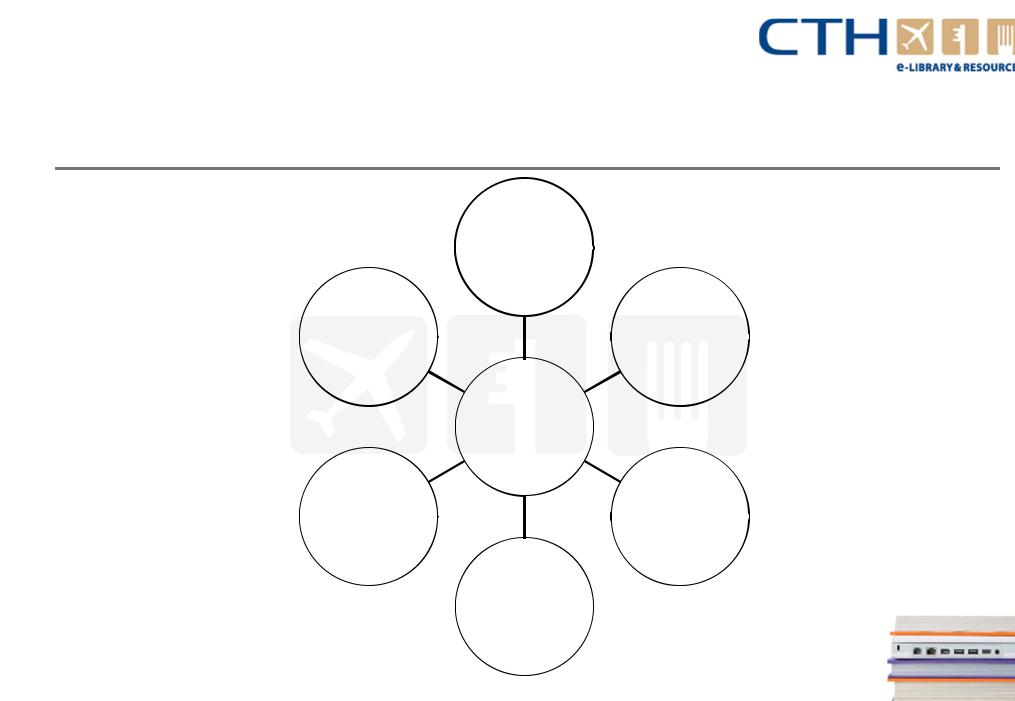
Chapter 6– Yield management, statistics and reports
Summary
Guest history records
- Manual cards
- Computer
database
Operational
reports
- Financial
- Housekeeping
- Maintenance
- Dept. diaries
www.cthresources.com
Control and manage occupancy at best rate for optimum yield
Forecasting occupancy
- Length of stay
- Origin
- Expenditure
- Booking source
Yield
Management,
Statistics and
reports
Occupancy and revenue statistics
- Yield and profit
- ARR
- Rev Par
- GOPPAR
Front office reports
- Lists for departmental notification
Page 375
www.cthawards.com
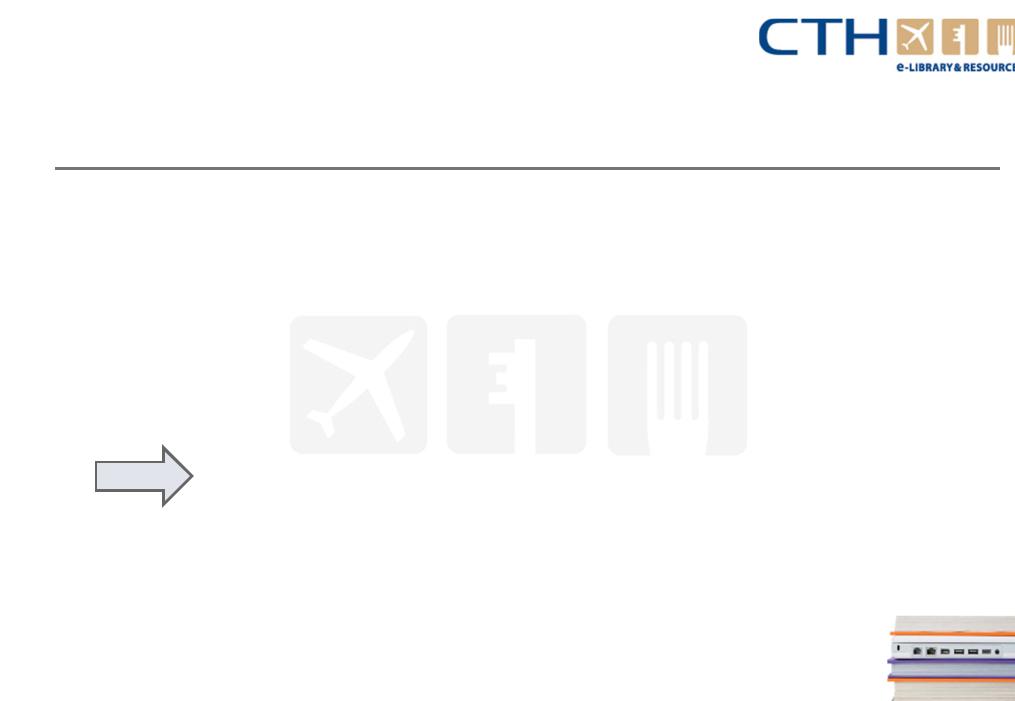
Chapters
1.Introduction to front office operations
2.Reservation procedures
3.Check-in procedures
4.Check-out procedures
5.Guest accounting
6.Yield management, statistics and reports
7.Security and safety responsibilities
8.Guest services and communications
9.Interpersonal and selling skills
www.cthresources.com |
Page 376 |
|
www.cthawards.com |
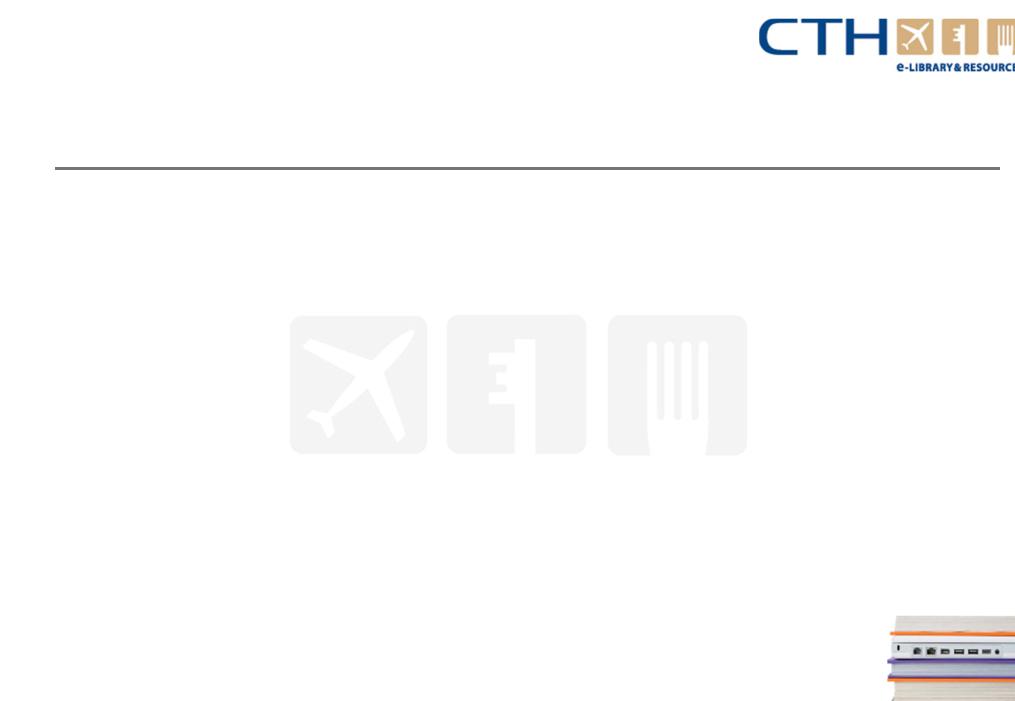
Chapter 7– Security and safety responsibilities
Objectives
In this chapter you will learn to :-
●The security and safety aspects of a hotel
●Potential areas of health and safety risk and how they can be managed
●Hotel accident, fire and other emergency procedures
●Potential areas of security risk and how they can be managed
●The Data Protection Act and the hotel's duty to protect guests' personal information
●The use and protection of keys and key cards
●Managing safety deposit boxes and individual room safes for protection of guests' belongings
www.cthresources.com |
Page 377 |
|
www.cthawards.com |
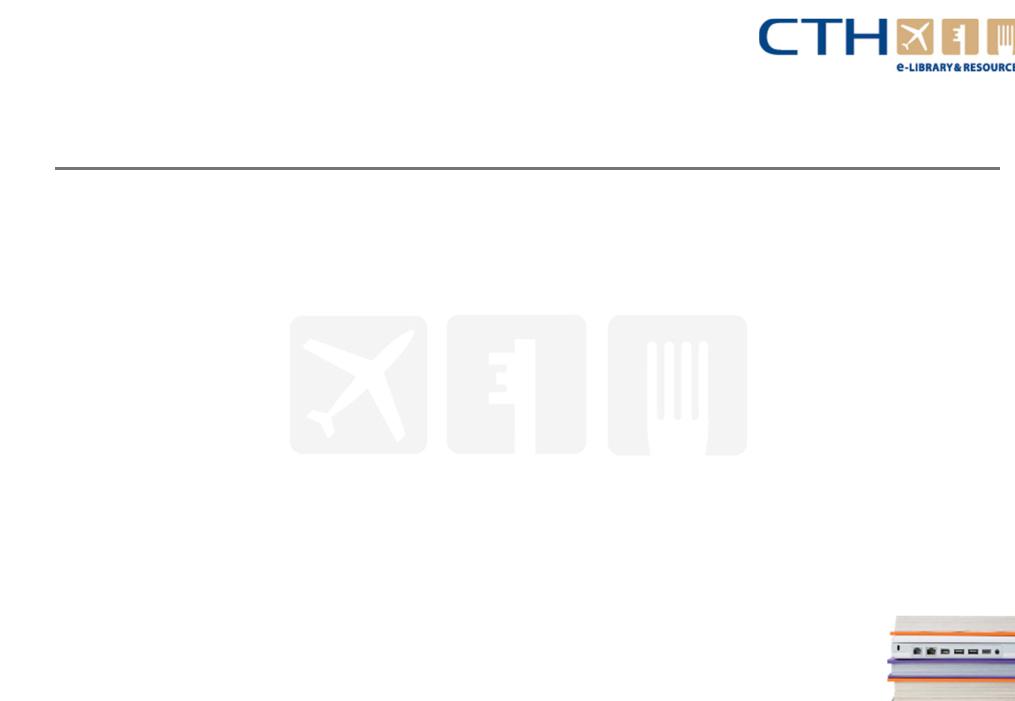
Chapter 7– Security and safety responsibilities
Introduction
The duty of care is a complex legal principle. In general, we should be aware that a hotel has invited guests and visitors (and employees and contractors) onto its premises, by the nature of its business, and in law it, therefore, has a duty to take reasonable care to protect them from loss and injury. This duty of care is increased by the contract between a hotel and its paying guests and employees. The hotel has specific obligations to ensure that the premises are safe, and that people entering those premises receive the protection (for themselves and their belongings) that they are entitled to expect as part of their contract.
Legal obligations aside, safety and security are key issues for any hospitality establishment to:
●Protect people from harm, loss, fear or distress
●Protect the property and assets of the hotel
●Protect the reputation of the hotel: maintaining guest satisfaction, goodwill and positive recommendation to others - or avoiding complaints and bad publicity and word-of-mouth about an hotel's lack of hygiene, safety or security
●Avoid the costs of accidents, fire, theft, fraud, law suits, compensation claims and other consequences of poor safety and security
●Comply with the relevant law on health and safety, duty of care, hospitality, data protection
etcand avoid the penalties for non-compliance (e.g.. fines or closures)
www.cthresources.com |
Page 378 |
|
www.cthawards.com |
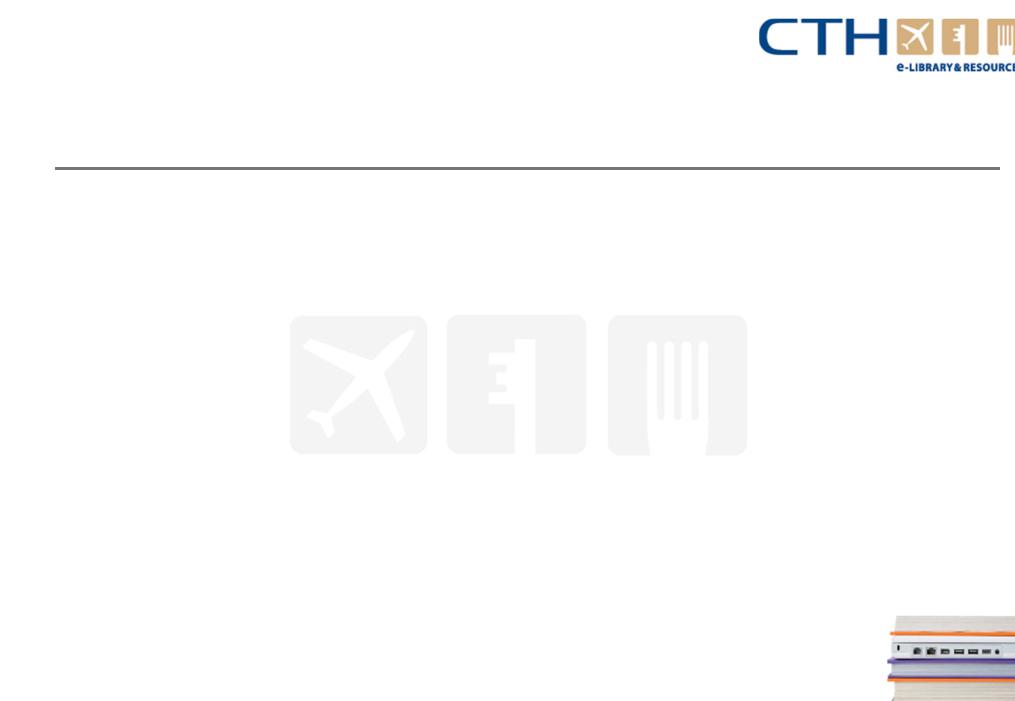
Chapter 7– Security and safety responsibilities
Introduction
General dimensions of safety and security
There are four basic types of threat to be concerned about, as a member of front office staff
Threats |
Examples |
Threats to the health, |
Fire emergencies |
safety, comfort and |
Accidents (due to inadequate maintenance, lighting, signage etc |
well-being of guests: |
Terrorist emergencies (e.g.. bomb threats) |
your number one |
Poor hygiene (particularly in food handling) |
priority |
Threats to guest privacy (e.g.. via intrusion into rooms, press exposure, breach of |
|
confidentiality) |
|
Threats to guest enjoyment (e.g.. as a result of noisy or disruptive behaviour by |
|
other guests) |
Threats to the |
Theft, pick-pocketing or mugging |
property of guests |
Confidence tricksters/fraud |
while in the hotel |
Accidental or malicious damage to property |
|
Loss of luggage or property left for safekeeping |
www.cthresources.com |
Page 379 |
|
www.cthawards.com |

Chapter 7– Security and safety responsibilities
Introduction
General dimensions of safety and security continued…
Threats |
Examples |
|
Threats to the premises, |
Damage to furniture, fixtures and fittings (other than by normal wear and tear) |
|
fixtures and fittings, |
Theft of equipment, fixtures and fittings or cash |
|
financial assets or |
|
|
Guests leaving without paying |
||
reputation of the hotel |
|
|
Fraud (by guests or staff) |
||
|
||
|
Immoral or illegal behaviour (e.g.. drug dealing or prostitution) carried out on the premises |
|
Threats to the health, |
Fire emergencies |
|
safety and well-being of |
Accidents |
|
the hotel's staff (i.e. |
Terrorist emergencies |
|
'health and safety at |
Poor work environment, systems or practices (leading to illness injury or stress) |
|
work') |
Abusive behaviour by guests (or fellow staff) |
|
|
Robbery or attack (especially for night staff) |
www.cthresources.com |
Page 380 |
|
www.cthawards.com |
